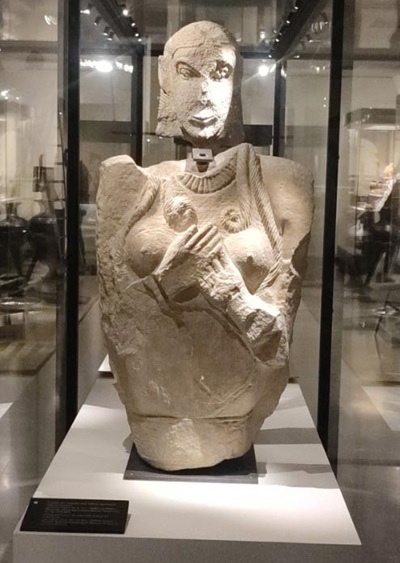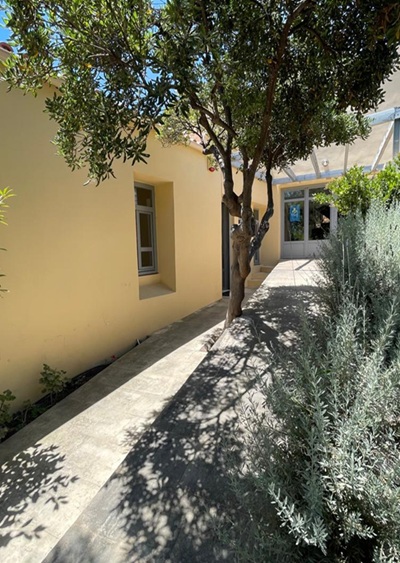
After the positive opinion of the Central Archaeological Council for the studies of protection, fixation, maintenance of surfaces, restoration and promotion of antiquities, at the “Hagia Sophia” station, as well as for the corresponding electromechanical, and architectural for the configuration of the interior space of the Shell, which surrounds the Antiquities, at the “Venizelou” Station, the Minister of Culture and Sports Lina Mendoni stated that, the cycle of studies for the protection and promotion of the antiquities that were revealed during the construction of the two specific stations of the Thessaloniki Metro. The Ministry of Culture and Sports systematically and within the timeframe, proceeds to the completion of an extremely complex archaeological project, in the urban fabric of Thessaloniki, the like of which has not been implemented, so far. In this way, the Ministry achieves not only the preservation of the evidence of the historical timelessness of the city, but also highlights the antiquities, with modern and in many cases original solutions, creating archaeological sites, within the Metropolitan Railway of Thessaloniki. Thanks to the painstaking and intensive efforts of the Working Group, under the Coordination of the competent directorates of the Ministry of Culture and sports, we show in practice our respect for the past of Thessaloniki and prove that with our specific choices, with knowledge and dedication, ancient and Metro can coexist”.
The northern entrance of the Hagia Sophia station of the Metropolitan Railway of Thessaloniki, with a total area of 820 sq.m., is located south of Makedonomachon Square and north of the station, between Agias Sofias and Platonos streets. The excavation began in April 2016, continued in 2019 and was completed in 2022, bringing to light part of the urban urban fabric of the city of Thessaloniki, which is structured north of decumanus maximus, the Byzantine Avenue (today’s Egnatia Street), in a sequence of building phases, from late antiquity and early Byzantine times to post-Byzantine and modern times. Part of a large sigmoid marble-paved square of the 6th century was uncovered., to which he led a monumental scale from the level of the tract. In Byzantine times, the area of the Square was occupied by shops and workshops in which ceramics, glass and metal jewelry were produced, while in the early post-Byzantine times a nahydrion was added.
The preparation of the studies on antiquities at the “Hagia Sophia” station, as well as the previous studies for the same station (re-location of the fountain building, construction of a shelter for the protection of Antiquities, construction of a viewing corridor and a descent scale at the level of antiquities for their preservation and shaping of the surrounding area), was processed by a wide working group with the participation of the five competent Directorates of the Ministry of the Ephorate of Antiquities of the city of Thessaloniki and external scientific associates.





















Leave A Comment